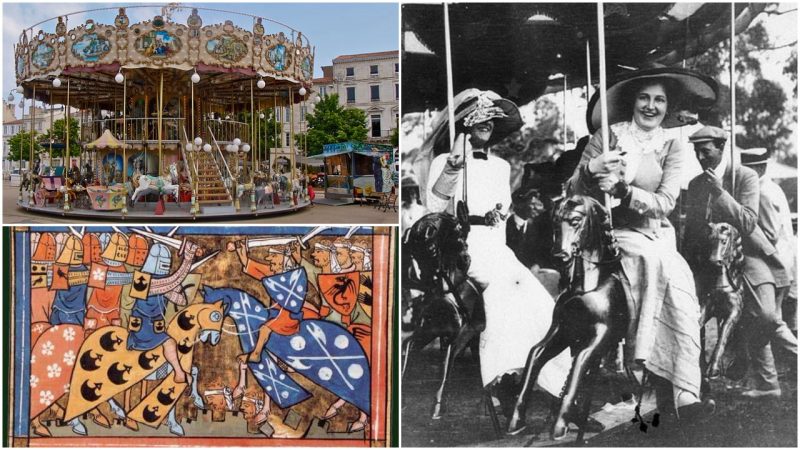It is not by accident that carousels usually depict horse-riding. This is thanks to a sport that knights once played back in medieval times, which has helped develop the carousel as we know it today.
It all emerged from the early jousting tradition in Europe, as well as the Middle East. Jousting grew popular in Europe at the time of the Crusades; however, records show that it was also noticeable in earlier Byzantine and Arab traditions. In Italy, the word would be garosselo, and it meant “little battle”, and resembled the Spanish word for “war” which is guerra.
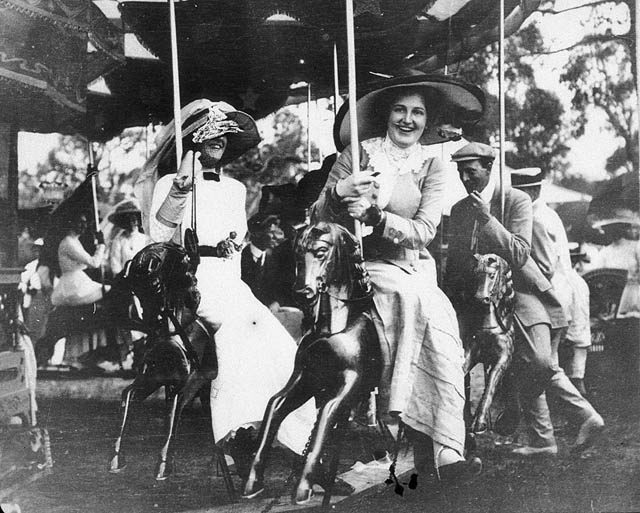
Garosselo was a much-used word among European knights to describe the oriental game, a combat preparation exercise that was practised by Turkish and Arabian horsemen throughout the 12th century. Namely, the Knights would gallop in a circle while tossing balls from one to another. It was an activity that required a great deal of skillfulness and horsemanship.
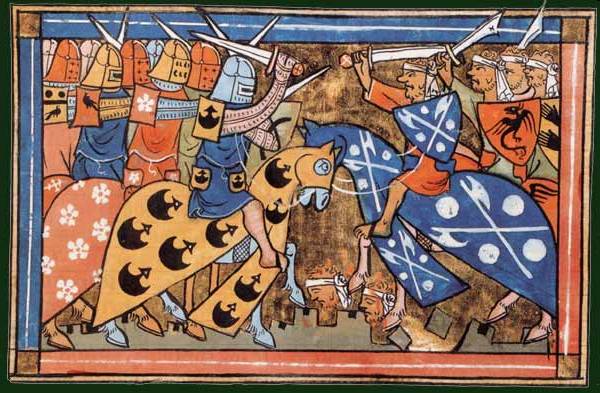
Essentially, this was tough training for the cavalry units, as it enabled riders to strengthen for actual combat. They would swing their swords at the mock enemies to prepare themselves for battle.
By the 17th century, the jousting game had already evolved. Horse-riders who practised it would no longer use the ball; instead, they would have to spear rings that were hanging from poles and rip them off. This practice became very popular in Italy and France.
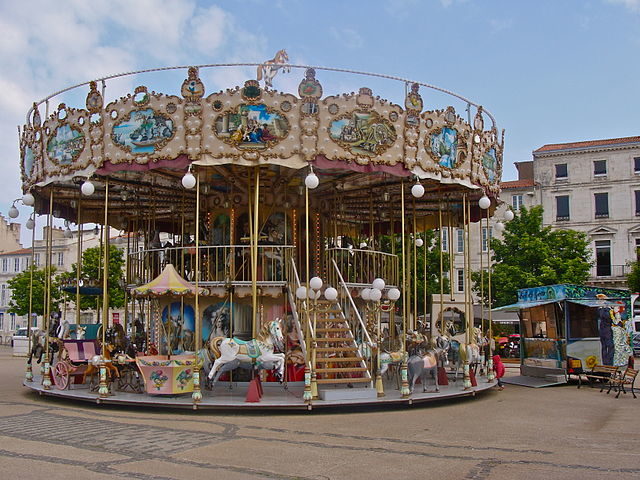
Soon it was so popular that was no longer uncommon to see ordinary people playing it. Consequently, carousel games spread across Europe and became a real fairground attraction.
It would be in Paris, at the Place du Carrousel, where the very first make-believe carousel was set up with wooden horses that children could use and ride on. Henceforth, carousels were always a notable part of various fairs and gatherings.
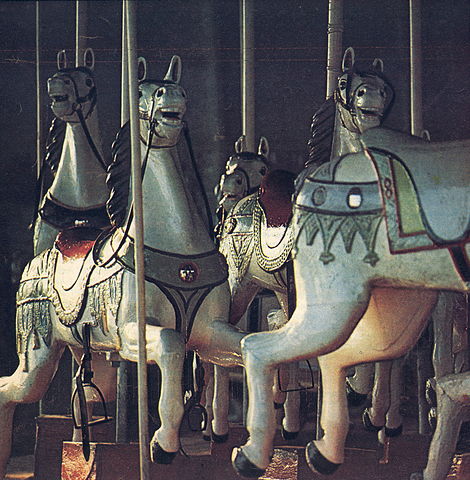
Many families and workers would dedicate themselves to the craftsmanship of carousels. This was set to be an emerging business at the time. Workers would craft the parts for the carousel during the winter months and then would tour regions during the warmer times of the year, making some earnings from their attendance to fairs. Some notable carousel makers included Bayol in France, as well as Heyn in Germany.
In its early form, the carousel had no particular platform where it was set, but the animals would just hang from chains and fly out from the centrifugal force of the spinning mechanism. The spinning mechanism often started off with the help of real animal that walked in a circle, or from the carousel operators pulling on a rope.
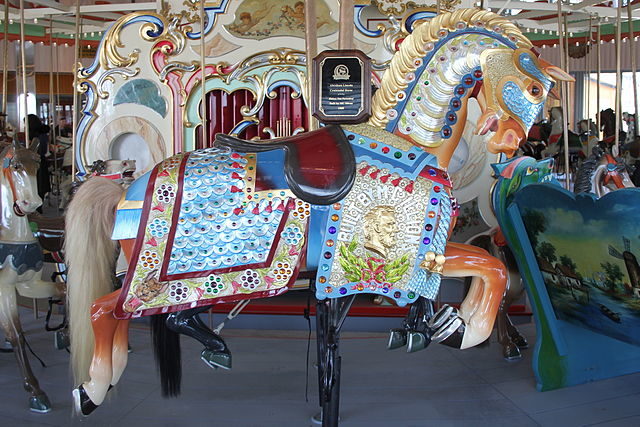
Today, carousel are known by a variety of names. In England, it’s a roundabout or merry-go-round. In the USA, alternative names include galloper, horseabout, flying horses, and jumpers.
As theme parks continue to develop nowadays, some carousels moved away from the original idea of having a horse as a mount. Hence, many far-fetched alternatives appeared, such as pigs, dragons, unicorns and airplanes.
